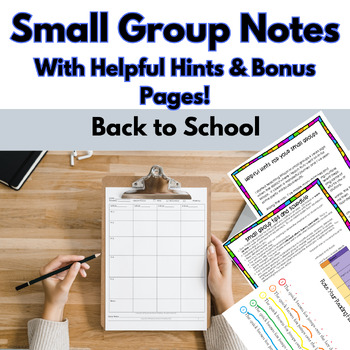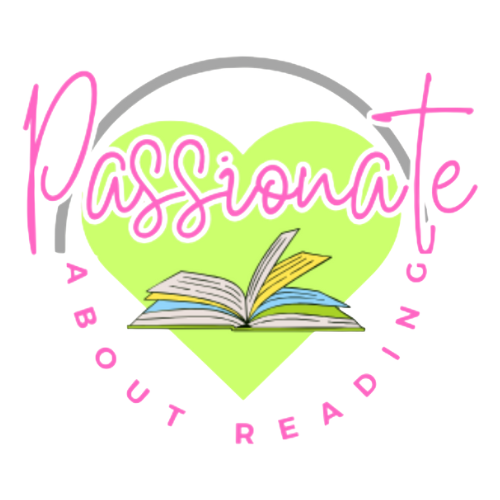One of the best things about Wilson is its structure. One of the hardest things about Wilson? Also its structure. Sometimes it feels like there’s zero wiggle room, but let’s be real—our students aren’t cookie cutters. Some need a slower pace, some need extra visuals, and some need you to bust out a game on the fly just to get them through the period without groaning. Over the years, I’ve found a handful of tweaks and differentiation tricks that keep the program moving but still meet kids where they are. Here are my top five favorites.
Hack #1: Games on the Fly
Wilson lessons can feel pretty dry if kids are stuck on a pattern. So I’ve learned to turn my sound cards and word lists into quick, no-prep games. For example:
- Slap It!: Yesterday, two of my students were hung up on closed syllable exceptions (-ost, -olt, -old, -ind, -ild). I spread a set of cards in front of each of them, called a sound, and they slapped the right one. Simple, silly, and suddenly they were begging for more practice. The next lesson I used a Slap It! Game again but I wrote closed exception words on blank cards. I’d call out a sound and they’d have to slap a card that matched the sound while reading the word on the card. They LOVED it!
- Quick Sorts: Instead of drilling, have students sort words by vowel sound, syllable type, or tricky endings. You can do this with word cards or jot what to focus on onto index cards or scraps of paper.
- Bozo Buckets: Use a couple of empty containers and craft puff balls. If my students read/spell/use a high frequency word or substep word correctly, they get a puff ball. If they miss it, I get a puff ball. Then we toss the puff balls and see if we can get them into the bucket. The highest score in the buckets wins. It’s amazing how such a small thing creates such excitement! 😊
These little tweaks take 60 seconds to set up and totally change the vibe of the lesson.
Hack #2: Small Group Notes that Actually Help
I keep a notes template handy so I can jot down what each student in the group needs—fast. For example, one student might be mixing up short u and short i, while another still struggles to tell short a from short e. Instead of reteaching the same thing to everyone, I use targeted words for each student during parts two and three of the lesson.
The template saves my sanity. No more relying on my tired brain at the end of the day to “just remember.” Spoiler: I never remember. The template eliminates complicated planning time- my quick notes allow me to plan the next lesson in minutes.
Hack #3: Fluency Ratings Made Visual
You know how most of our students read like a robot—monotone, a space between every word and no regard for punctuation? My fluency rating sheet has been a game-changer. It gives students a visual representation of how they sound when they read. When they can actually see how their progress changes over time they buy in. And when they buy in, fluency practice becomes FUN and it actually sticks. I’d call that a win every time.
Hack #4: Clarity for Learning
Sometimes students just need to know the why. My district’s professional development a couple of years ago was Clarity for Learning (John Almarode and Kara Vondas)- reading the book, working with Kara and applying the concepts. It was highly effective and based on 3 key questions:
- What are we learning?
- Why are we learning it?
- How will we know when we’ve learned it?
To accompany these questions, I built a simple slideshow for each substep that shows the learning target right up front. We review the slide before we start the day’s lesson. I also created a “How am I doing?” student self-evaluation. At the end of each lesson, they use it—like an exit ticket—to reflect on how they did that day. The great thing about the reflection is they see how far they’ve come from the introductory lesson through fluency.
This process creates lessons that are crystal clear, and the reflection builds accountability. Plus, students love seeing their own progress. It takes almost no extra time but gives maximum payoff in terms of buy-in.
Hack #5: Layered Practice Without Extra Prep
Differentiation doesn’t have to mean reinventing the wheel. Sometimes it’s as simple as tweaking the task:
- Have a student who’s ready to stretch? Ask them to use the word in a sentence after spelling it.
- Have a student who’s struggling? Let them build it with tiles first or blank syllable cards, then write it.
- Whole group getting restless? Turn it into a lightning round—who can read five words in 10 seconds?
It’s the same lesson, just adjusted for the needs in front of you.
Final Thoughts
Wilson works because it’s structured, but that doesn’t mean it has to be stiff. A few quick tweaks—games on the fly, targeted notes, fluency visuals, and clarity of learning—make a huge difference for both me and my students. The best part? None of these take a ton of prep. They’re just small shifts that keep kids engaged and keep me sane.
And let’s be honest—if I can save 10 minutes of prep and still have kids leaning in instead of zoning out, that’s a win in my book. The fluency rating sheet and small group notes template are in my Small Group Notes. It also has lots of tips and tricks to keep your lessons flowing smoothly. Check it out here.
So now I want to know: what are your go-to Wilson hacks? The quirky little things you do that make your groups run smoother? Drop them in the comments—I’d love to steal a few new tricks! 😉

